Understanding the Average Daily Trading Volume in Forex Market: What Traders Need to Know
Author: Jameson Richman Expert
Published On: 2025-11-01
Prepared by Jameson Richman and our team of experts with over a decade of experience in cryptocurrency and digital asset analysis. Learn more about us.
Average daily trading volume in forex market is a key metric that reveals how liquid, efficient, and competitive currency trading is across the globe. This article explains what that figure represents, how it’s measured, why it matters to both retail and institutional traders, and practical ways to use volume data to improve execution and risk control. You’ll also find authoritative sources, platform recommendations, and actionable checklists to help you make volume-informed trading decisions.
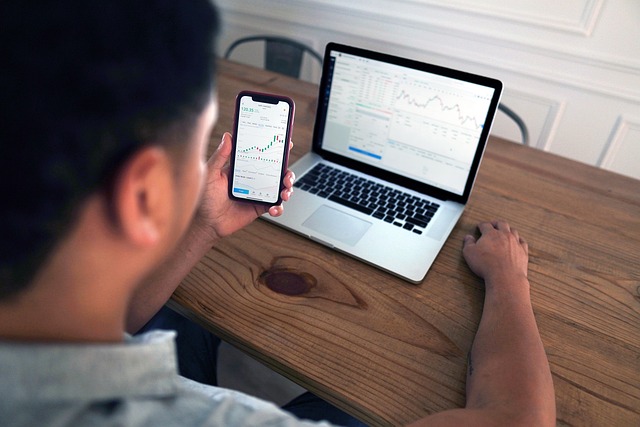
How big is the forex market?
The foreign exchange (FX) market is the largest and most liquid financial market in the world. According to the Bank for International Settlements (BIS) Triennial Central Bank Survey, global average daily foreign exchange turnover reached approximately $7.5 trillion in April 2022. For background on the market’s structure and history, see the Foreign Exchange Market entry on Wikipedia.
Important points about that headline number:
- The BIS survey measures turnover across different instruments (spot, forwards, swaps, options) and collects data from reporting dealers and other market participants worldwide.
- Forex is decentralized: trades occur across banks, broker-dealers, electronic platforms, and exchanges, so no single exchange collects all volumes. The BIS aggregates reported data to produce the global estimate.
- Seasonal and event-driven spikes occur — geopolitical news, central bank decisions, and large economic releases can materially raise daily volumes.
Instrument breakdown (what contributes to the daily volume)
Daily volume is the sum of trades across different FX instruments. Major contributors typically include:
- FX swaps — used by banks and institutions to manage short-term currency and funding exposures.
- Spot transactions — immediate exchange of one currency for another, widely used by corporates, investors, and retail traders.
- Forwards and FX swaps — contracts to exchange currencies at a future date; important for hedging.
- Options and other derivatives — provide optionality and hedging flexibility but are a smaller share of daily turnover than swaps/spots.
For the detailed BIS breakdown of instruments and regional data, consult the BIS Triennial Central Bank Survey (rpfx22): BIS FX turnover—April 2022.
Why average daily trading volume matters
Average daily trading volume is not just an academic statistic—it's actionable for traders of every level. Here are the practical reasons to monitor and understand volume:
- Liquidity and spreads: Higher volume typically means narrower bid-ask spreads, which reduces trading costs. Major pairs like EUR/USD and USD/JPY usually have the deepest liquidity.
- Slippage risk: Low-volume markets often suffer larger slippage on market orders, especially during news or after-hours periods.
- Price impact: Large orders moved in thin markets can shift prices materially. Knowing typical volume helps estimate execution impact.
- Validity of moves: Price moves supported by higher volume are generally more reliable than moves on thin volume. Volume can confirm breakouts or reversals.
- Session timing: Volume patterns reflect market sessions — Asia, London, New York — and knowing daily volume cycles helps time entries and exits.
Real-world example — why volume mattered
Imagine placing a $100,000 market order in EUR/TRY (Emerging pair) versus EUR/USD (major pair). EUR/USD average daily volume is enormously larger; therefore, the potential market impact and expected slippage for the EUR/TRY order can be several times larger. Traders who ignored volume often pay more in hidden costs than visible commissions.
Which currency pairs see the highest average daily trading volume?
While the global number captures total turnover, liquidity concentrates in a few pairs. The most liquid currency pairs typically include:
- EUR/USD
- USD/JPY
- GBP/USD
- USD/CHF
- AUD/USD
- USD/CAD
The US dollar is involved in the vast majority of FX transactions, which is why USD pairs dominate volume. For exact currency share statistics and long-term trends, review the BIS currency shares section in their triennial survey.
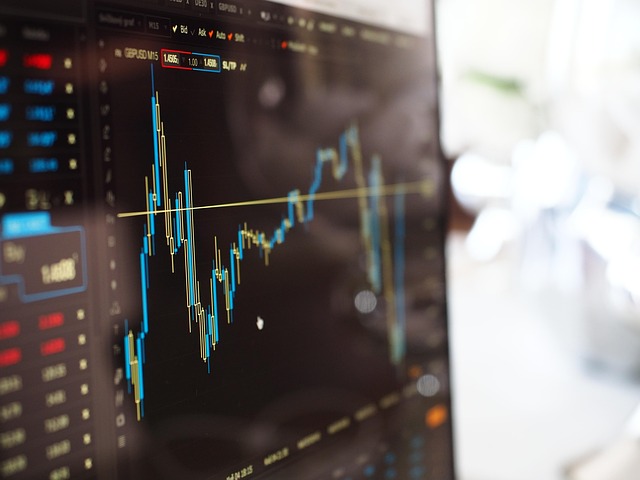
How traders measure forex volume
Measuring volume in forex can be tricky because it’s decentralized. Below are common approaches:
1. Real volume from venues and brokers
Some platforms and ECNs publish actual traded volumes (e.g., exchanges for currency derivatives or platforms like EBS and Reuters FX). Institutional users rely on consolidated reporting and prime broker data to estimate market-wide activity.
2. Tick volume (retail indicator)
Retail platforms often show "tick volume" — the number of price updates/ticks within a period. Tick volume correlates well with actual volume and is useful for retail traders to identify relative changes in activity. Popular charting packages make tick volume readily available.
3. Volume proxies
Other proxies include order book depth, bid-ask spread changes, and brokerage execution reports. These can be informative when combined with price action.
Tools and indicators commonly used to analyze volume include VWAP (Volume Weighted Average Price), On-Balance Volume (OBV), Volume Profile, and custom liquidity heatmaps.
Using average daily trading volume in forex market to improve trading
Volume influences strategy selection, order type, sizing, and risk management. Below are practical steps traders can implement today.
1. Match strategy to liquidity
- Scalping and market-making strategies require high liquidity and should focus on major pairs during overlap sessions (London/New York).
- Swing or position traders can target less liquid pairs but should use limit orders and smaller trade sizes to limit market impact.
2. Time trades around volume peaks
Volume is not uniform throughout the day. The London session and the London/New York overlap typically see the highest daily volumes. For example, EUR/USD liquidity spikes near major macro releases and during the overlap window, reducing spreads and slippage.
3. Use limit and iceberg orders for large sizes
When trading institutional-size orders, use limit orders, work the order via an algorithmic execution tool, or break it into smaller child orders (iceberg strategy) to minimize price impact.
4. Confirm breakouts with volume
A breakout with rising volume is more likely to be sustained than one on dwindling volume. Use volume indicators to validate trades and set stop placements accordingly.
5. Adjust position size by liquidity
Implement a liquidity-adjusted position-sizing rule. For example, if a pair’s average hourly volume is low relative to your order size, reduce your position to limit expected slippage to an acceptable percentage of account equity.
Example: Estimating slippage
Suppose EUR/USD average hourly traded volume is $50 billion. If your order size is $100,000, that order represents 0.0002% of hourly volume — negligible market impact. For a thin pair with $200 million hourly volume, the same order would be 0.05% of hourly volume and could cause measurable slippage. This simple ratio helps set sensible trade sizes.
Data sources and platforms for volume and execution
Where you get volume data and where you execute matter. Below are practical services and platform recommendations:
- Official central bank and BIS reports for long-term, aggregated statistics: BIS Triennial Survey.
- Real-time liquidity and execution: institutional ECNs, prime brokers, and professional platforms such as EBS, Reuters FX.
- Retail charting platforms: many provide tick volume and volume-based indicators; connect to reputable brokers for tighter spreads.
If you’re evaluating platforms for trading or data, consider reputation, fees, and execution transparency. Read practical guides on fees and platform reliability to choose the right provider. For example, before selecting a platform, check a practical guide to exchange and broker fees here: Practical guide to fees for professional traders.
For traders who also engage in cryptocurrencies or multi-asset trading and want platform reviews and tools, these articles may be useful:
- Can you buy Bitcoin on Bybit — purchasing guide
- Best crypto signals apps and tools
- Most reliable trading platforms — Reddit top picks
- Ethereum expected price in 2030 — forecasts and scenarios
Where to open accounts (examples)
If you want to trade or test liquidity with a reputable broker/platform, consider these registration links (useful if you prefer brokers with large pools of liquidity and institutional-grade execution):
Note: choose platforms that match your jurisdiction, compliance requirements, and desired instrument access. If you’re exploring crypto vs forex, see the Bybit Bitcoin guide above for practical steps on integrating crypto into your trading plan.
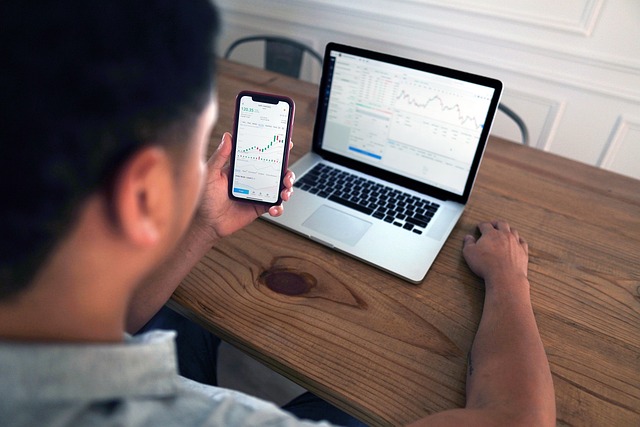
Retail traders: practical tools and indicators for volume
Retail traders should focus on a short list of high-impact volume tools:
- Tick Volume — available in most retail platforms; use it as a proxy to detect spikes in activity.
- VWAP (Volume Weighted Average Price) — helps assess whether price is supported by volume (institutional traders use VWAP to benchmark execution).
- Volume Profile — shows traded volume at price levels to identify value areas and potential support/resistance zones.
- On-Balance Volume (OBV) — accumulative indicator useful for confirming trends.
Practical setup example:
- Open EUR/USD on a 1-hour chart during London session.
- Add tick volume and VWAP indicator.
- Watch for a VWAP break with rising tick volume to confirm a more reliable move; reduce trade size if volume is low.
Institutional perspective: how banks and funds think about volume
Institutions use consolidated liquidity curves, depth-of-book data, and transaction-cost analysis (TCA) to manage execution. They want to know not just average daily volume, but the liquidity distribution by time-of-day, order size thresholds, and venue quality. Execution algorithms (TWAP, VWAP, POV) route orders across liquidity providers and time to minimize impact.
For institutional traders evaluating costs and absorbing fees, reading a detailed guide on professional fees and execution can be helpful: Practical guide to fees for professional traders.
Common misconceptions about forex volume
- Myth: Forex volume is impossible to measure. While decentralized, aggregated surveys (BIS) and venue/broker reporting provide robust estimates; tick volumes and ECN prints give actionable proxies.
- Myth: Higher instrument leverage increases volume equally. Leverage affects notional traded value but not the underlying liquidity available — liquidity still depends on counterparties and market depth.
- Myth: Forex never sleeps. True in a broad sense, but actual volume peaks and troughs follow predictable session patterns and major news events.
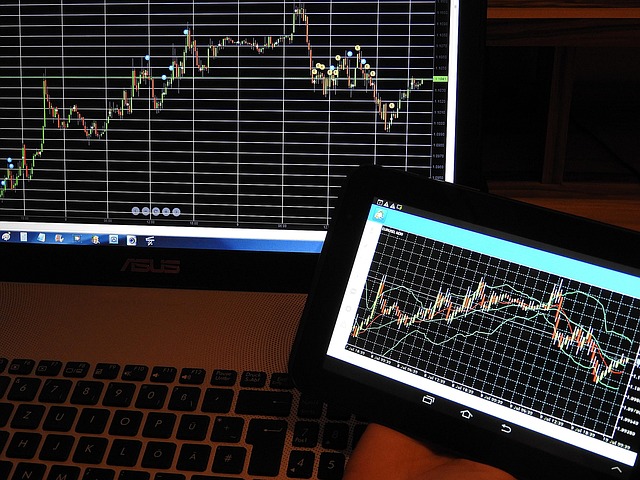
How to incorporate average daily trading volume into a trading plan
Here’s a practical checklist you can add to your trading plan to ensure volume awareness:
- Identify each pair’s average daily and hourly volume and note session peaks (London, New York, Asia).
- Define maximum acceptable slippage per trade and calculate position size limits based on expected liquidity.
- Use VWAP or Volume Profile to set entries and exits for intraday trades.
- For large orders, plan algorithmic or staged execution (iceberg/TWAP) and get pre-trade TCA estimates where possible.
- Monitor news calendar — scale back or use limit orders during high-impact events when spreads can widen despite high volume.
- Backtest the strategy across different volume regimes (high vs low) to validate robustness.
Actionable examples and calculations
Example 1 — Position sizing by liquidity:
Assume EUR/USD average daily volume = $100 billion (hypothetical for calculation). You want to limit your market impact to 0.01% of daily volume. Maximum notional = 0.0001 × $100B = $10M. If your account equity is $100,000 and max leverage is 30x, your max position notional = $3M, which is within the $10M limit. You’re comfortable with the size.
Example 2 — Slippage estimate (simple proxy):
- If the pair’s average spread is 0.5 pip and your expected market impact adds 0.3 pip of slippage, expected total entry cost ≈ 0.8 pip. Multiply pip cost by position size to convert to USD cost.
- For a 1 standard lot (100,000 units) in EUR/USD, 1 pip ≈ $10, so 0.8 pip cost ≈ $8 per trade. Use this estimate for risk/reward and expected cost analysis.
Where to learn more and tools to use
Beyond BIS and academic sources, practical guides, community-sourced platform reviews, and tools can help traders improve. Here are resources to explore:
- BIS Triennial Central Bank Survey for official turnover statistics: BIS FX turnover
- Wikipedia overview: Foreign exchange market (Wikipedia)
- Practical fee and platform guides: Guide to fees for professional traders
- Platform-specific crypto guides (relevant if you trade crypto alongside forex): Buying Bitcoin on Bybit
- Signal and app reviews: Best crypto signals apps
- Community platform reviews: Most reliable trading platforms (Reddit)
- Macro and cross-asset research: Ethereum 2030 forecast (for crypto traders)
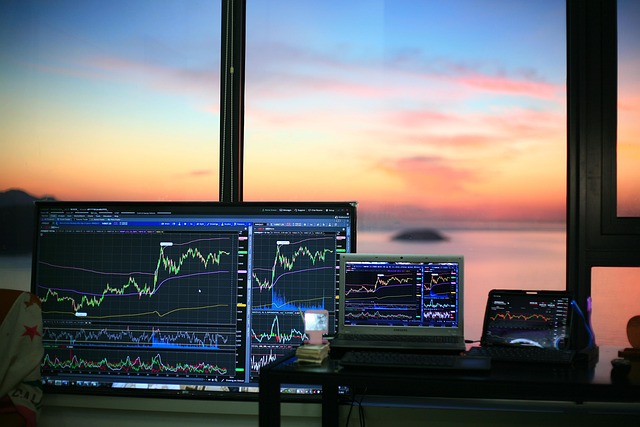
Conclusion — practical takeaways
Understanding the average daily trading volume in forex market is essential for assessing liquidity, controlling execution costs, and designing robust strategies. The FX market’s enormous scale (trillions daily per BIS) provides deep liquidity in majors but varies by pair, session, and instrument. Use BIS data for macro context, tick volume and platform reports for real-time signals, and combine volume indicators (VWAP, Volume Profile) with sound order management to reduce slippage and improve trade quality.
Remember to match strategy to liquidity, size orders appropriately, and verify breakouts with volume confirmation. For platform selection, fee analysis, and multi-asset trading integration (crypto and FX), consult the practical guides and platform reviews linked above to make an informed choice that fits your goals.
Further reading and references
- BIS Triennial Central Bank Survey — FX turnover: https://www.bis.org/statistics/rpfx22.htm
- Foreign Exchange Market — Wikipedia: https://en.wikipedia.org/wiki/Foreign_exchange_market
- Practical guide to professional fees: Practical guide to fees
- Bybit Bitcoin purchase guide: Buying Bitcoin on Bybit
- Best crypto signals apps: Best crypto signals apps 2025
- Most reliable trading platform reviews: Most reliable trading platforms (Reddit)
- Ethereum mid/long-term outlook: Ethereum price scenarios to 2030
- Register on recommended platforms: Binance registration, MEXC registration, Bitget registration, Bybit registration.
Use the concepts and checklists above to incorporate volume awareness into your trading routine. Volume is not just a statistic — it’s a practical tool that can materially improve trade execution and portfolio performance.